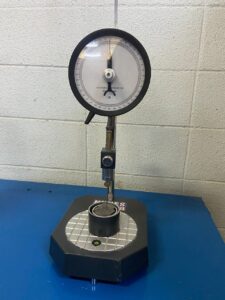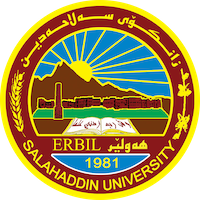1. Aerodynamics laboratories
Item 1: Subsonic Wind Tunnel Vertical Aerodynamic Trainer
This experiment demonstrates the use of a Pitot-static tube, and investigates the application of Bernoulli’s theorem to flow along a convergent-divergent passage. (made in India).
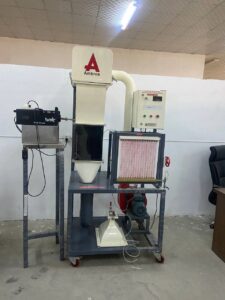
Item 2: AERODYNAMICS TRAINER
The HM 225 Aerodynamics Trainer can be used to carry out extensive experiments on the subject of aerodynamics.
- Together with corresponding accessories: Experiments from the field of flow around bodies – Velocity measurement of flows with Pitot tube – Boundary layer analysis on a flat plate with incident flow – Flow resistances of bodies – Demonstration of the Coanda effect – Visualisation of streamlines. (made in German).
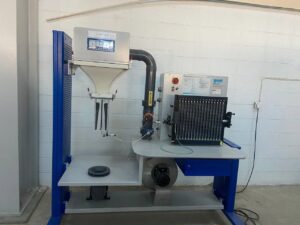
Item 3: Subsonic Wind Tunnel Horizontal Aerodynamic Trainer
The Apparatus is a small wind tunnel designed for bench top operation, with a square, transparent working section and a variable-speed fan for wind speed control. Wind tunnels are a useful tool for studying air flow around bodies. This apparatus uses for undergraduate tests.
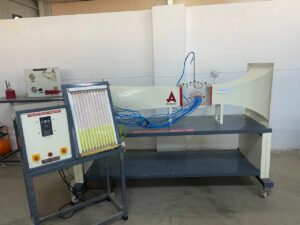
Item 4: FLIGHT DEMONSTRATION WIND TUNNEL
This apparatus is used to study of fluid flow & aerodynamics in a wind tunnel. The aim is the practical investigation of longitudinal stability and control of the aircraft to demonstrate behavior during take-off level flight and landing.

2. Aircraft Engines laboratories
Item 1: TURBO JET ENGINE CUT SECTION – MOTORISED
The turbojet is an air breathing jet engine, typically used in aircraft.
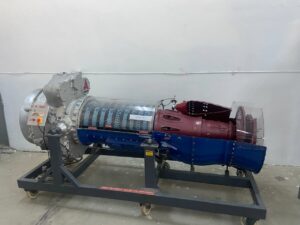
Item 2: GAS TURBINE JET ENGINE
The ET 796 trainer is used to demonstrate and study the function and behaviour of a gas turbine in the model scale.
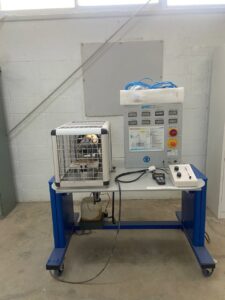
3. Fluid laboratories
Item 1: FLOW NOZZLE METER TRAINER
This apparatus is used to measure the discharge through Nozzle meter and to determine the Coefficient of discharge for Nozzle meter.
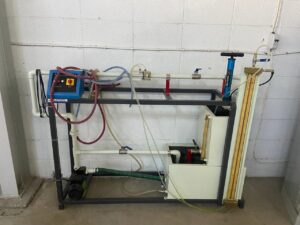
Item 2: NOZZLES FANS AND COMPRESSORS
This apparatus is used to demonstrate the thermodynamics and fluid mechanics of the adiabatic expansion of air through subsonic and supersonic nozzles.
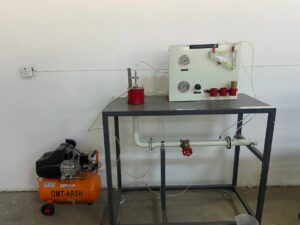
4. Fuel laboratories
Item 1: FREEZING POINT APPARATUS
This apparatus is used to measure the degree of crystallization of oil.
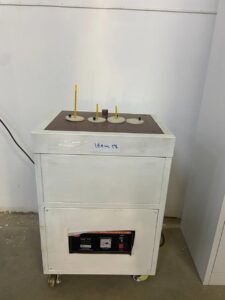
Item 2: FLASH POINT TESTER
This apparatus is used to determine and know at what temperature the gasoline begins to burn.
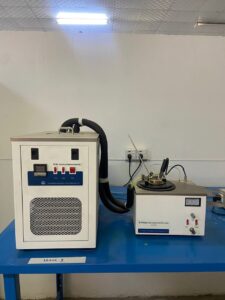
Item 3: VISCOSITY MEASURMENT APPARATUS
These apparatuses are used to determine the viscosity of the gasoline.
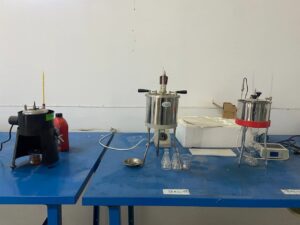
Item 4: RAMSBOTTOM RESIDUE APPARATUS
This apparatus is used to measure the percentage of waste left behind by fuel.
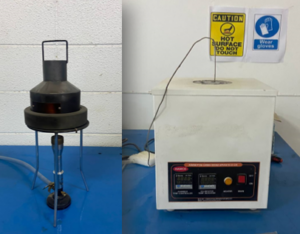
Item 5: FUEL COMBUSTION RATE APPARATUS
This apparatus is used to measure the quantity and rate of fuel combustion per an hour.

Item 6: FUEL ENERGY APPARATUS
This apparatus is used to measure the quantity of energy produced by fuel per gram.

Item 7:
This apparatus is used to measure the hardness of solids.
